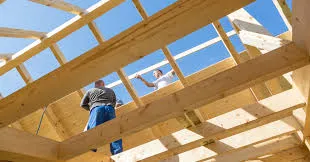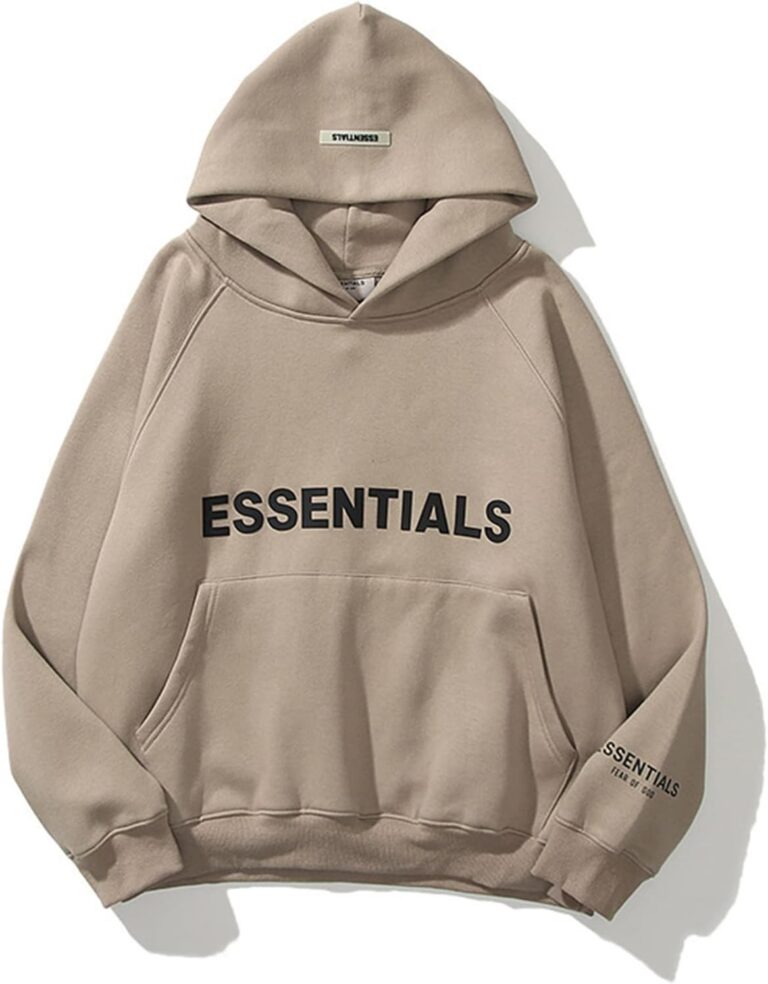Wall Texture Paint: Your Secret Weapon for Effortless Home Makeovers
Have you ever stared at a blank wall in your living room and thought, “This place needs something—but what?” I’ve been there, more times than I can count. Those smooth, flat surfaces can feel as exciting as a plain piece of toast. Enter wall texture paint: the game-changer that’s been quietly revolutionizing interiors for years. It’s not just paint; it’s a way to add depth, character, and a touch of artistry without breaking the bank or your back.
If you’re dipping your toes into home DIY for the first time—or you’re a seasoned reno warrior looking to level up wall texture paint is worth exploring. This article dives deep into everything you need to know: from the basics to pro tips that make application a breeze. By the end, you’ll be itching to grab a hopper gun and transform that boring bedroom wall into a cozy focal point. Let’s roll up our sleeves and get into it.
What Exactly Is Wall Texture Paint, and Why Bother?
At its core, wall texture paint is a specialized mix that creates raised, tactile patterns on your walls. Think of it as paint’s edgier cousin—while regular latex or oil-based coats lie flat, texture paint brings dimension. You mix it with a base paint or use pre-textured formulas, then apply it with tools that “stamp” or spray the material onto the surface. The result? Walls that look handcrafted, hiding imperfections like a pro.
Why go textured? For starters, it’s a camouflage masterclass. Dents from that time you accidentally swung a door too hard? Gone. Uneven drywall seams? Invisible. Plus, in high-traffic spots like hallways or kids’ rooms, textured walls stand up better to scuffs and fingerprints. And let’s talk aesthetics: a subtle orange peel finish can make a small space feel airier, while a bold slap-brush pattern adds rustic charm to a farmhouse kitchen.
I remember helping a friend redo her dining area last summer. She was skeptical—”Won’t it make the room feel smaller?”—but after we slapped on a light knockdown texture, the space popped. Shadows played off the subtle peaks and valleys, turning a meh wall into a conversation starter. It’s that kind of magic that hooks you.
The Menu of Textures: Which One Fits Your Vibe?
Not all wall textures are created equal. The beauty is in the variety, so picking the right one depends on your room’s style and your skill level. Here’s a quick rundown of the heavy hitters:
- Knockdown Texture: This one’s a crowd-pleaser. You spray on a thick layer (like popcorn but classier), let it set for a bit, then “knock it down” with a trowel for a flattened, stucco-like look. Perfect for modern homes—subtle yet sophisticated. It’s forgiving for beginners and hides flaws like a champ.
- Orange Peel: Mimicking the dimpled skin of—you guessed it—an orange, this fine spray creates a soft, speckled surface. It’s lightweight, easy to apply with a basic sprayer, and ideal for bedrooms or offices where you want texture without the drama. Pro tip: Go lighter in humid areas to avoid clumping.
- Slap Brush or Crow’s Foot: Feeling artsy? Dip a stiff brush into the mix and slap it against the wall in random strokes. The result is a whimsical, hand-painted vibe—think Mediterranean villa meets cozy cabin. It’s bolder, so reserve it for accent walls. My go-to for living rooms that need personality.
- Sand Swirl or Rosebud: These swirl in circular motions for an elegant, swirling pattern. Sand swirl adds a gritty, beachy feel; rosebud forms flower-like blooms. Both scream “high-end” but require a steady hand (or a pro).
Whatever you choose, test a sample board first. Slap some on scrap drywall and live with it under your lights for a day. Mornings and evenings can change how textures read—trust me, that harsh afternoon glare can turn “cozy” into “chaotic.”
Gear Up: Tools and Materials You’ll Need
Jumping in without the right kit is like baking without an oven—frustrating and messy. The good news? Most supplies run under $50 at your local hardware store.
Essentials include:
- Texture Compound: Joint compound mixed with paint, or ready-to-use textured paint (brands like Behr or Valspar make solid ones).
- Sprayer or Hopper Gun: For even application—rent one for $20 a day if you’re not committing long-term.
- Trowels and Brushes: Wide for knockdowns, stiff-bristle for slapping.
- Drop Cloths and Painter’s Tape: Because no one wants textured floors.
- Primer and Topcoat: Always prime first for adhesion; finish with a low-sheen paint to lock in the design.
Budget hack: If you’re on a shoestring, mix your own with baking plaster and latex paint. It works in a pinch, though store-bought is smoother.
Step-by-Step: Applying Wall Texture Like a Boss
Ready to DIY? Here’s a no-fluff guide to nailing that knockdown texture—adapt for others as needed. Block off a weekend; this isn’t a quick-fix job.
- Prep the Battlefield: Sand and clean walls thoroughly. Patch holes with spackle, then prime. Tape off trim like your life depends on it.
- Mix It Up: Thin your texture compound to pancake-batter consistency. Test spray on cardboard—aim for dime-sized blobs.
- Spray Away: Hold the hopper 12-18 inches from the wall, overlapping passes. Work in 4×4 foot sections to keep it wet and workable. Uneven? That’s the charm—just blend edges.
- Knock It Down: Wait 10-15 minutes (wall temp matters—cooler rooms take longer). Drag a damp trowel at a 45-degree angle in sweeping arcs. Light pressure for subtlety; harder for drama.
- Dry and Seal: Let it cure overnight, then roll on two coats of matching paint. Boom—textured perfection.
First-timers, start small. I botched my initial attempt by rushing the knockdown (looked like a bad stubble job), but practice makes pros. If walls are textured already, skim-coat with a thin layer to refresh without redoing everything.
Common Pitfalls and Pro Hacks to Dodge Them
Even experts slip up. Over-spray too thick? It dries like concrete—thin it out next time. Allergic to dust? Wear a mask; this stuff kicks up a cloud. And in rentals? Opt for removable textures like fabric paints to avoid landlord drama.For that wow factor, layer textures—subtle base with metallic accents. Or mix in glow-in-the-dark additives for kids’ rooms. Maintenance is simple: Dust with a soft brush, spot-clean with mild soap. Textured walls age gracefully, developing a lived-in patina that smooth ones envy.
Wrapping It Up: Your Walls, Your Story
Wall texture paint isn’t just about covering square footage; it’s about crafting spaces that feel like you. Whether you’re chasing that serene spa vibe or a bold boho edge, a little texture goes a long way toward making your home sing. So, next time you’re scrolling Pinterest, don’t just pin—do. Grab that sprayer, channel your inner artist, and watch your walls come alive.
What’s stopping you? Head to the store, pick a pattern that sparks joy, and get texturing. Your dream room is just a few sloppy sprays away. Share your before-and-afters in the comments—I’d love to see what you create.






